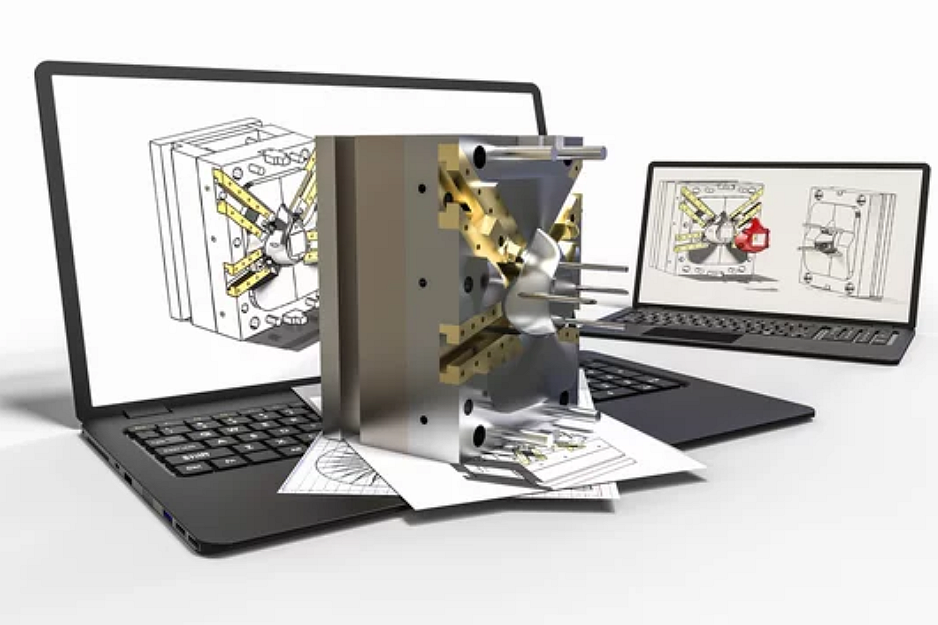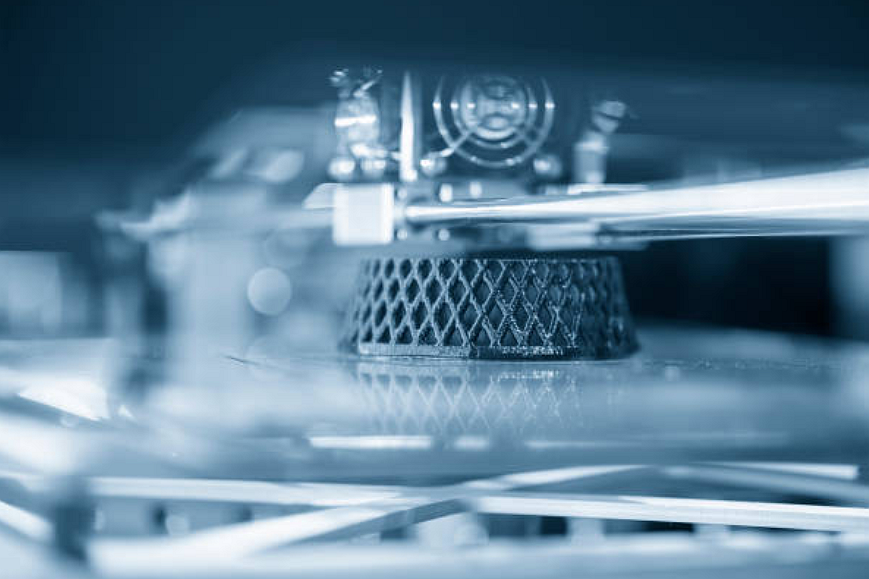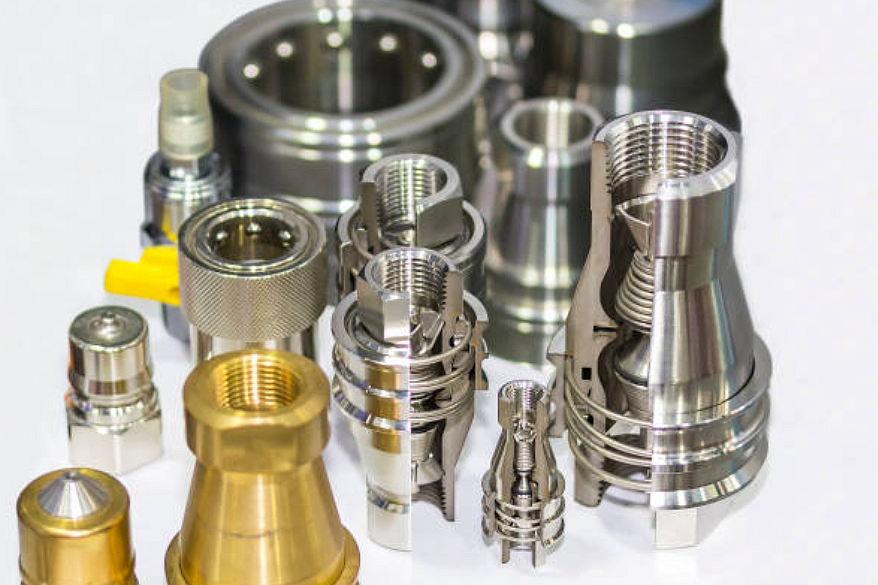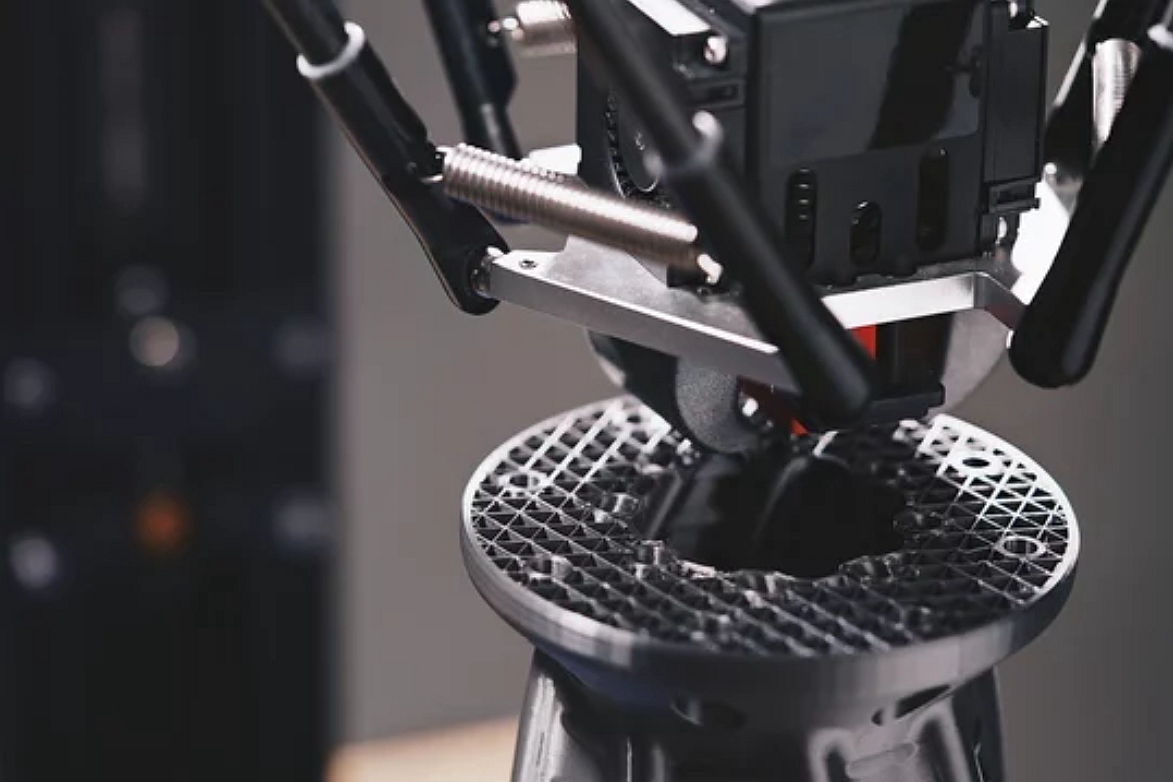Superalloy
Basic Description of Superalloy Powder
Superalloy powders are high-performance materials designed for extreme environments requiring high temperature, pressure, and corrosion resistance. These powders are primarily composed of nickel, cobalt, or iron-based matrices. They are enriched with chromium, molybdenum, and titanium to enhance their properties. Superalloy powders are crucial in additive manufacturing (3D printing) because they retain mechanical strength and stability at high temperatures, making them ideal for aerospace, power generation, and automotive applications.
3D Printing Superalloy Grades
High-temperature alloys used for 3D printing mainly fall into the following categories:
Superalloy Grades 3D Printing Applications
Superalloy powders, with their exceptional high-temperature capabilities and corrosion resistance, are integral to various advanced manufacturing applications, particularly in additive manufacturing (3D printing). Here's an in-depth look at specific applications of superalloys:
1. Aerospace Components: Superalloys are extensively used in the aerospace industry for manufacturing critical engine components such as turbine blades, vanes, and combustor modules. Their ability to withstand extreme temperatures and corrosive environments ensures the reliability and efficiency of aerospace engines.
2. Power Generation: In the power generation sector, superalloys are used for high-temperature components within gas turbines. These materials maintain structural integrity and mechanical properties even under the stress of high temperatures, contributing to the durability and performance of power plants.
3. Automotive Industry: Superalloy powders produce high-performance automotive parts such as turbocharger wheels and exhaust valves. These components benefit from the superalloys' resistance to thermal fatigue and high-temperature corrosion.
4. Medical Implants: Certain superalloys are used in medical applications, including manufacturing orthopedic implants and surgical instruments, due to their biocompatibility and strength. Their resistance to body fluids and mechanical stability under load makes them ideal for long-term medical use.
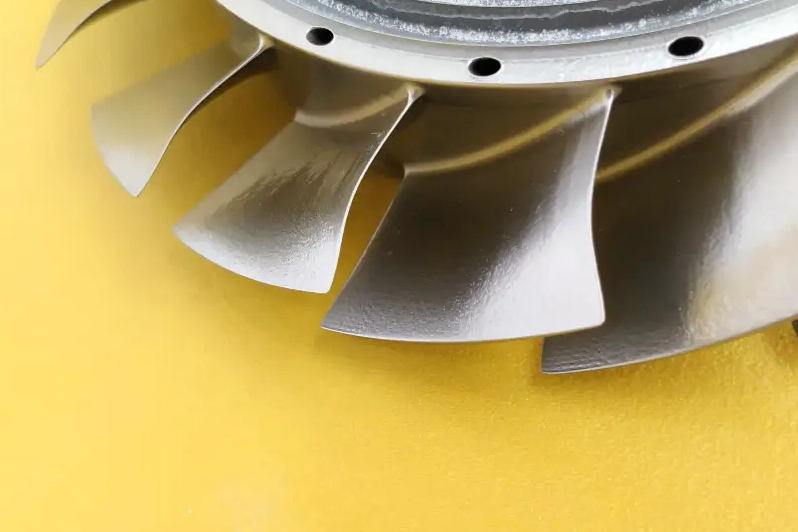
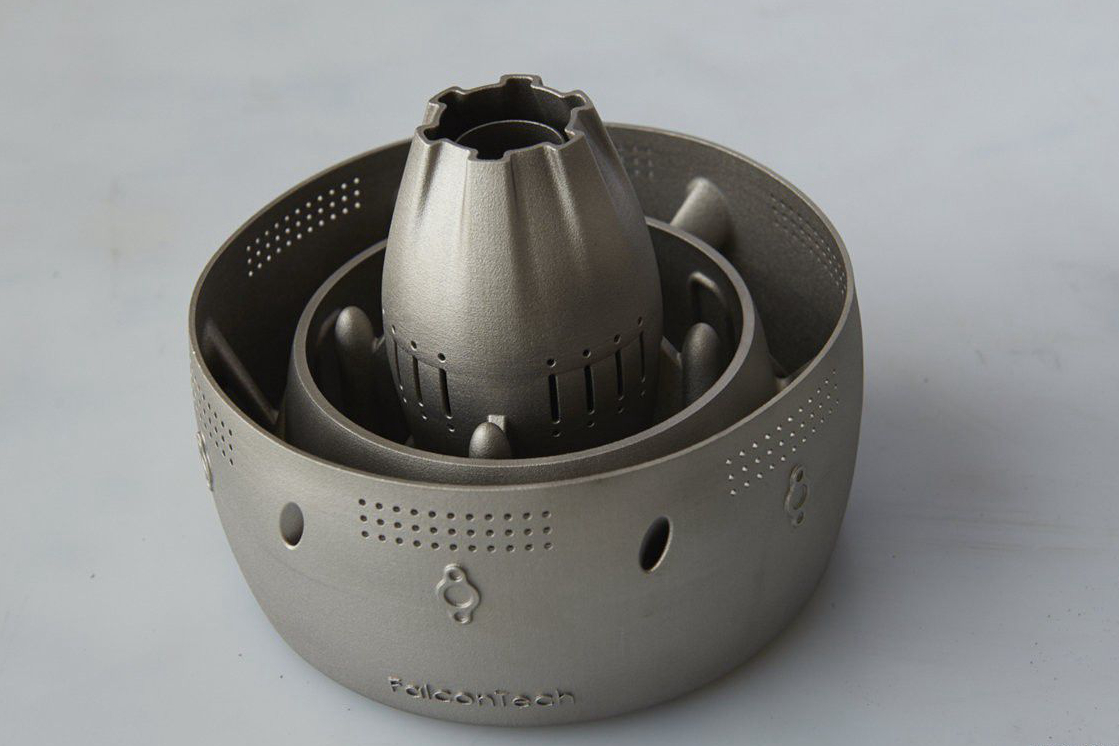
5. Oil and Gas: Superalloys are critical in the oil and gas industry for components exposed to harsh environments, such as drill bits, pump shafts, and piping systems. These materials offer excellent resistance to sulfide stress cracking and corrosion from sour gas environments.
6. Industrial Processing: For industrial heating applications, such as furnace components and conveyor systems operating at high temperatures, superalloys resist oxidation and creep.
7. Nuclear Reactors: Superalloys are also vital in constructing nuclear reactors, particularly in parts that must withstand radiation exposure and extreme conditions within the reactor core.
These applications highlight the versatility of superalloys in tackling the challenges of operating in extreme conditions. By leveraging the unique properties of superalloys, manufacturers can design and produce components that offer superior performance, durability, and safety, meeting the stringent requirements of industries facing harsh operational conditions.
Superalloy Composition and Properties
Superalloys are renowned for their exceptional mechanical strength, resistance to thermal creep deformation, excellent surface stability, and resistance to corrosion or oxidation at high temperatures. Their sophisticated metallurgical properties allow them to excel in extreme environments.
Composition:
Superalloys typically consist of a complex blend of several elements, each adding to the overall performance of the alloy:
Nickel (Ni): Forms the base for most superalloys due to its corrosion resistance and ability to maintain high strength at elevated temperatures.
Chromium (Cr): Enhances oxidation resistance and helps form a protective oxide layer at high temperatures.
Cobalt (Co): Often used with nickel to improve high-temperature strength and thermal fatigue resistance.
Molybdenum (Mo) and Tungsten (W): Contribute to the creep resistance by strengthening the alloy at high temperatures.
Aluminum (Al) and Titanium (Ti): Promote strength by forming gamma prime precipitates, which enhance the alloy's high-temperature capabilities.
Iron (Fe): Sometimes used as a base in iron-nickel superalloys, offering cost efficiency and specific performance characteristics.
Other elements like Niobium (Nb), Tantalum (Ta), and Rhenium (Re) Are added to improve mechanical strength and oxidation resistance further.
Properties:
High-Temperature Strength: Superalloys retain mechanical strength over a wide range of temperatures, typically up to 0.7 of their melting point.
Creep Resistance: Critical for applications involving sustained high temperatures and stresses, such as jet engines and power plants, where deformation under load over time can be detrimental.
Corrosion and Oxidation Resistance: Essential for applications in aggressive environments, such as chemical processing or marine applications.
Thermal Stability: Superalloys do not quickly degrade or lose their properties when exposed to high temperatures, ensuring longevity and reliability.
Weldability: Although challenging, many superalloys can be welded with specialized techniques, which is vital for fabricating and repairing complex parts.
Applications Stemming from Composition and Properties:
These properties make superalloys suitable for components subjected to high stresses in corrosive environments and high temperatures. Typical applications include turbine blades in jet engines and gas turbines, components in nuclear reactors, medical devices, and chemical and petrochemical processing parts. The ability of superalloys to perform reliably under such conditions significantly extends the operational life and efficiency of equipment in these sectors.
Superalloy Powder Characteristics
The performance of superalloys in manufacturing, particularly in techniques such as additive manufacturing (3D printing), is significantly influenced by the specific characteristics of their powder form. These characteristics ensure the manufacturing process yields components with the desired mechanical properties and high-quality surface finishes.
Yield Strength:
Yield strength indicates the stress at which a material begins to deform plastically. Superalloy parts typically exhibit high yield strength, which is crucial for applications where materials must withstand significant stress before experiencing permanent deformation. For superalloys, yield strengths can range widely but are typically in the order of 60,000 to 250,000 psi, depending on the specific alloy and processing conditions.
Tensile Strength:
Tensile strength represents the maximum stress a material can withstand while being stretched or pulled before breaking. Superalloy parts can achieve very high tensile strengths, often exceeding 150,000 psi, which makes them ideal for high-stress applications in aerospace, power generation, and other critical fields.
Elongation:
Elongation measures the flexibility of a material or how much it can stretch before it breaks. Manufactured parts from superalloys typically show moderate to good elongation, generally ranging from 10% to 30%. This property is essential for applications that require materials to absorb significant energy during service.
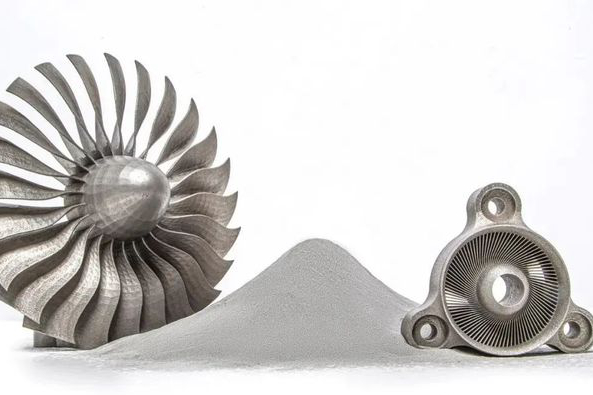
Powder Characteristics:
Density: The theoretical density of superalloy powders is typically around 8 to 9 g/cm³, crucial for achieving parts with minimal porosity and high mechanical integrity.
Hardness: Superalloy parts exhibit significant hardness, contributing to their wear resistance and durability in harsh operating conditions.
Specific Surface Area: A higher surface area enhances the powder's sinterability, vital for achieving solid and dense parts. Superalloys are engineered to have an optimal specific surface area to facilitate effective sintering.
Sphericity: The powder's sphericity affects its flowability and packing density, which are necessary for manufacturing accuracy and repeatability. High sphericity ensures consistent flow and uniform layering in additive manufacturing processes.
Bulk Density: This characteristic influences the efficiency of powder handling and the quality of the sintered part. Superalloy powders are optimized for easy handling and efficient compaction.
Hall Flow Rate: Reflecting the powder's ability to flow through an orifice, the Hall Flow Rate of superalloy powders is adjusted to ensure excellent flowability, which is critical for precision in manufacturing processes.
Melting Point: Superalloys have high melting points, typically ranging from 1200°C to 1450°C (2192°F to 2642°F), which are suitable for the specific manufacturing processes they undergo, ensuring the material's stability and performance during high-temperature applications.
These powder characteristics are meticulously engineered to meet the demands of advanced manufacturing techniques, ensuring that components produced with superalloys offer superior mechanical properties, corrosion resistance, and durability. By leveraging these properties, manufacturers can optimize their production processes to create parts that meet their applications' highest performance and reliability standards.
Superalloy Physical Properties
Understanding the physical properties of superalloy powders is essential for their application in various manufacturing processes, significantly influencing the performance of the final manufactured components. These properties ensure the alloy's suitability for high-demand applications where superior mechanical properties and resistance to extreme environments are paramount.
Density: Superalloy powders typically have a density of around 8 to 9 g/cm³, reflecting these materials' dense and compact nature. High density is crucial for manufacturing parts with minimal porosity, enhancing their mechanical integrity and durability, especially under high-stress and high-temperature conditions.
Hardness: Components manufactured from superalloy powders exhibit significant hardness, contributing to their excellent wear resistance and mechanical durability. This property is fundamental in applications involving abrasive conditions, ensuring the longevity and reliability of the components.
Specific Surface Area: The specific surface area of superalloy powders influences their reactivity and sinterability. A higher specific surface area allows for more effective sintering, leading to more substantial, denser parts. This characteristic is vital for additive manufacturing and metal injection molding (MIM) processes, where part integrity and mechanical properties are crucial.
Sphericity: The sphericity of the powder particles affects their flowability and packing density, which are essential factors for achieving uniformity and consistency in manufactured parts. High sphericity ensures smooth flow through processing equipment and uniform layering or packing, which is crucial for manufacturing accuracy and repeatability in processes like 3D printing and MIM.
Bulk Density: Superalloy powder's bulk density impacts the efficiency of powder handling and the quality of the final part. An optimized bulk density promotes easy handling and efficient compaction, essential for achieving uniform part density and optimal mechanical properties.
Melting Point: Superalloys have high melting points, typically ranging from 1200°C to 1450°C (2192°F to 2642°F). This property ensures the material's stability and performance during high-temperature applications, which is crucial for 3D printing and casting processes.
Relative Density: After processing, the relative density of parts can reach near theoretical density, which is crucial for achieving optimal mechanical strength and minimizing porosity, thereby enhancing component performance in demanding environments.
Recommended Layer Thickness: For additive manufacturing processes, the optimal layer thickness of superalloy powder ensures fine detail without compromising structural integrity, balancing resolution with build time efficiently.
Thermal Expansion Coefficient: The alloy exhibits a thermal expansion coefficient that ensures compatibility with other materials in composite structures, maintaining dimensional stability across a wide temperature range.
Thermal Conductivity: Its thermal conductivity allows for efficient heat dissipation, essential for components that experience high thermal loads during operation.
Hall Flow Rate: This property measures the powder's ability to flow through an orifice, affecting the precision and repeatability of powder-based manufacturing processes. An excellent Hall Flow Rate indicates good flowability, enabling accurate and consistent part fabrication, especially in additive manufacturing.
Manufacturing Techniques
Superalloys, known for their exceptional properties under extreme conditions, are suitable for various advanced manufacturing processes. These techniques leverage the unique characteristics of superalloys to produce components that are not only structurally robust but also capable of operating in demanding environments. This section explores the suitable manufacturing processes for superalloys, compares the outcomes of these methods, and discusses common issues and solutions.
1. Which manufacturing processes are Superalloys suitable for?
3D Printing (Additive Manufacturing): Superalloys are ideal for Selective Laser Sintering (SLS) Service and electron Direct Metal Laser Sintering (DMLS) Service, where their high-temperature resistance and mechanical strength can be fully utilized. These processes are beneficial for creating complex geometries in aerospace and power generation components.
Metal Injection Molding (MIM): This process effectively produces small to medium-sized components with complex shapes and high precision. MIM uses the superalloy's properties to create dense, high-strength parts suitable for the automotive and aerospace industries.
Powder Compression Molding (PCM): Suitable for more extensive, less complex components, PCM utilizes superalloy powders to produce parts with uniform material properties. This method is often used for industrial applications where components require high wear and high-temperature resistance.
Vacuum Casting: Although less common for superalloys due to their high melting points, vacuum casting can be used for prototyping and small-batch production when specific material characteristics are less critical.
Hot Isostatic Pressing (HIP): HIP is employed to improve the properties of parts made from superalloy powders, particularly those produced through additive manufacturing or PCM, by reducing porosity and enhancing material density.
CNC Machining: Superalloy components often require CNC machining to achieve precise dimensions and delicate features after initial formation. This process is crucial for finishing components to meet strict aerospace and automotive standards.
2. Comparison of parts produced by these manufacturing processes:
Surface Roughness: Additive manufacturing typically produces parts with higher surface roughness than MIM or CNC machining, necessitating post-processing steps such as polishing, heat treatment or TBC coating to achieve the desired finish.
Tolerances: CNC machining and MIM generally offer tighter tolerances than additive manufacturing or PCM, which may require additional finishing processes to meet exact specifications.
Internal Defects: Additive manufacturing and PCM can introduce internal porosity or defects not typically present in MIM or CNC machining parts. Processes like HIP are used to mitigate these issues.
Mechanical Properties: While additive manufacturing can yield parts with properties comparable to those produced by traditional methods, specific post-process treatments such as heat treatment are often necessary to achieve optimal performance.
Compactness: MIM and CNC machining usually result in higher-density parts and fewer defects, which is crucial for applications requiring maximum material performance.
3. Normal issues and solutions in these manufacturing processes:
Surface Treatment: Mechanical polishing, electro-polishing, or chemical etching may be required to improve surface finish, particularly for parts manufactured through additive processes.
Heat Treatment: Specific heat treatments can enhance superalloy parts' corrosion resistance and mechanical properties tailored to the final application requirements.
Tolerance Achievement: Precision machining or grinding may be necessary to achieve tight tolerances on additive manufacturing or PCM parts.
Deformation Problems: Careful design and support strategies in additive manufacturing, or subsequent straightening processes, can counter components susceptible to deformation during processing.
Cracking Problems: Minimizing residual stresses through appropriate heat treatment and employing gradual cooling rates can help prevent cracking in superalloy components.
Detection Methods: Non-destructive testing methods such as X-ray tomography or ultrasonic testing are crucial for identifying internal defects or porosity within superalloy parts.
Superalloy 3D Printing & Manufacturing
Nickel-based high-temperature alloys are usually used for corrosion resistance, high-temperature resistance, and other extreme working conditions, such as impellers, pump valves, auto parts, etc. Neway has a variety of processing techniques for manufacturing nickel-based high-temperature alloy parts and solving their problems, such as deformation, cracking, and porosity.
